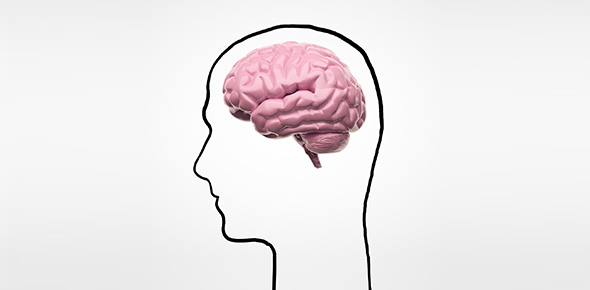Related Flashcards
Related Topics
Cards In This Set
| Front | Back |
|
Flexion
|
Decreasing the angle between the two bones of an articulation. Think of the arrangement of the humerus, radius and ulna. In anatomical position, the bones all form a straight line (180deg) Flexing your arm decreases the angle between the bones
|
|
Extension
|
This is the opposite of flexion. This movement increases the angle between the bones. What would extension of the arm involve?
|
|
Hyperextension
|
This involves extending a joint beyond its normal anatomical position. Serious hyperextension may lead to strains and sprains of a joint.
|
|
Abduction
|
What does it mean to abduct someone? It means to take them away, right? Abduction is the movement of a limb away from the midline of the body, in the frontal plane. When used in conjuction with the digits, it refers to the spreading of the digits.
|
|
Adduction
|
This is the opposite of abduction. Adduction brings a limb back toward the midline of the body or it brings the fingers back together on the hand.
|
|
Circumduction
|
This is a very complex movement that involves moving an extremity so that the distal end demonstrates a circular motion. This movement involves flexion, abduction, extension and adduction. Examples of this movement occur at the finger, head, wrist, shoulder, and hip joints.
|
|
Rotation
|
Movement of a structure around its longitudinal (long) axis.
|
|
Elevation
|
To raise a part of the body superiorly. It may help to think of an elevator here. (mandible)(shoulder)
|
|
Depression
|
The opposite of elevation, this movement means to move something inferiorly.
|
|
Dorsiflexion
|
Movement of a structure toward the dorsal surface. Dorsiflexion of the foot is an example that involves bending the foot at the ankle so that the toes are raised superiorly (toward the dorsal surface of the foot). Bending the hand backward at the wrist or raising the toes superiorly are other examples.
|
|
Plantar Flexion
|
The opposite of dorsiflexion of the foot, plantar flexion is bending the foot at the ankle toward the plantar surface (such as when you stand on your toes).
|
|
Supination
|
There are two definitions for supination. One involves the subject lying on their back (think "UP" in supination). The second involves turning the palm of the hand so that it faces anteriorly (as it does in anatomical position).
|
|
Pronation
|
This is the opposite of supination. Pronation involves either lying face down, or turning the palm of the hand so that it faces posteriorly.
|







